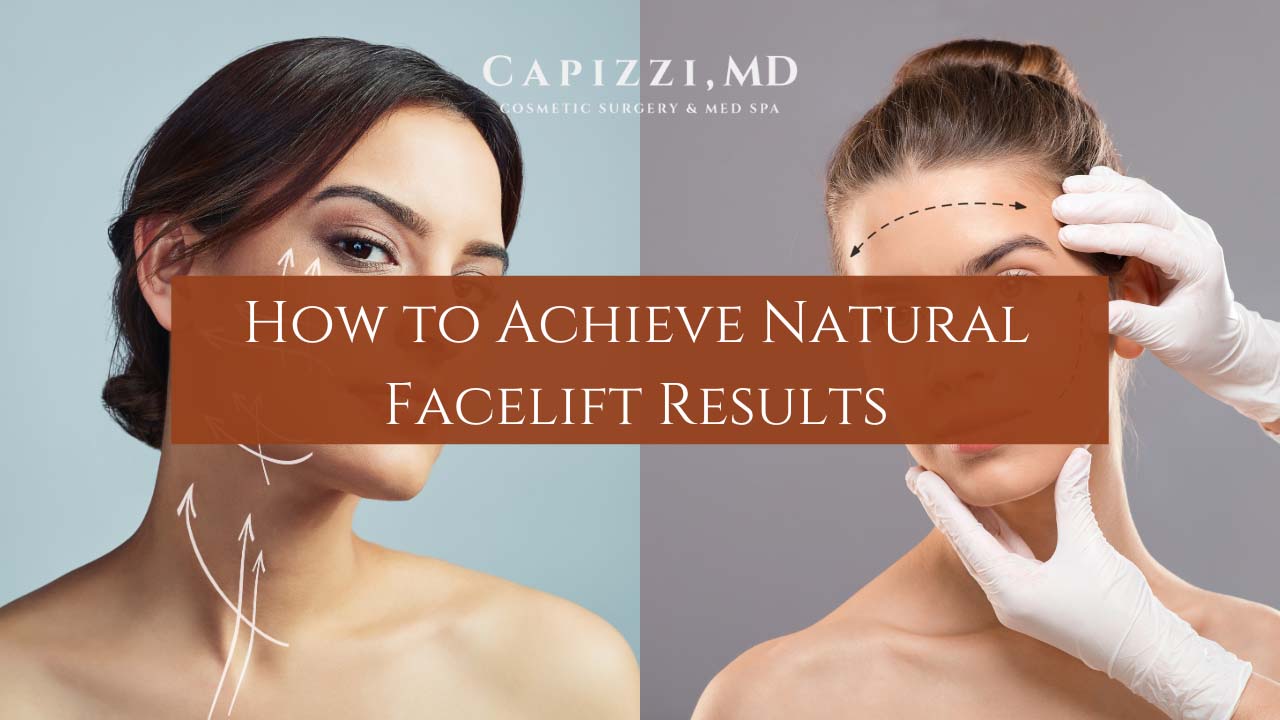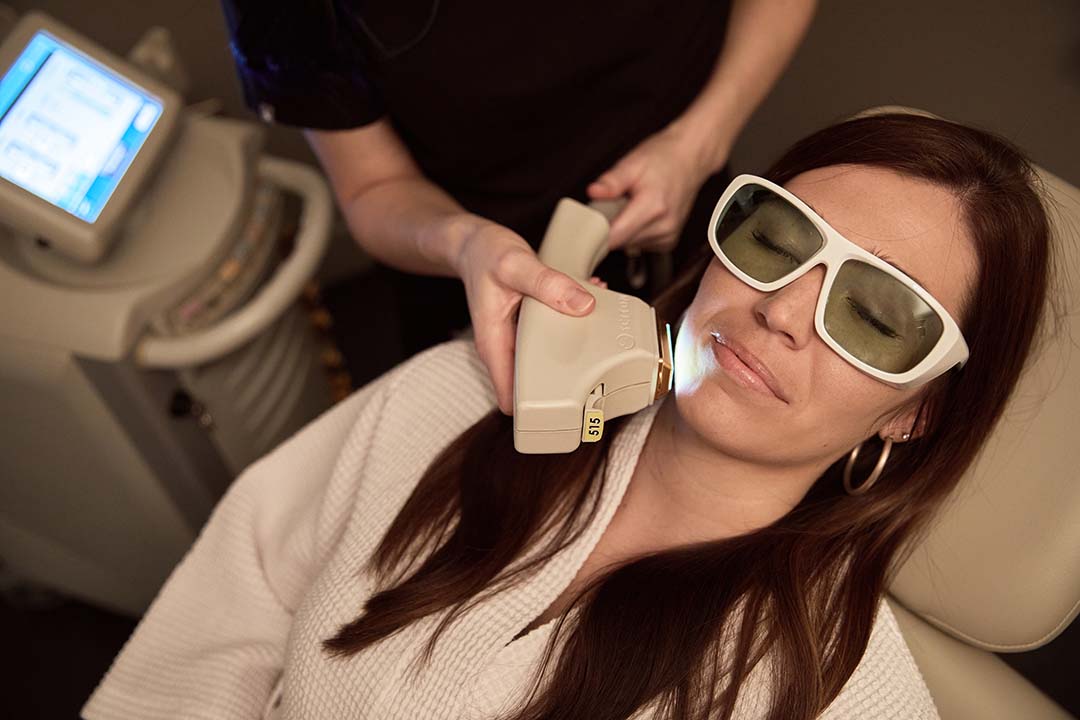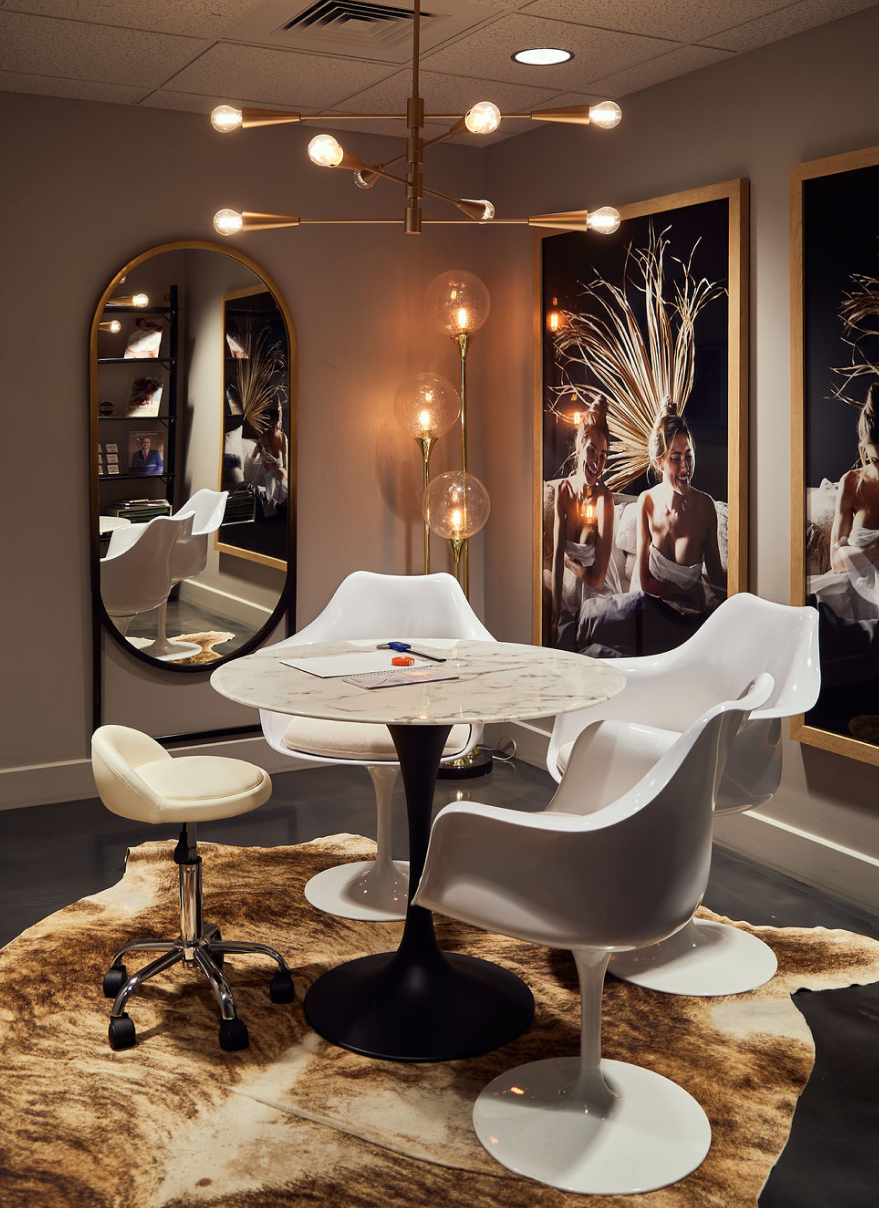Double board-certified plastic surgeon notes that reduced risks, better recovery time and the benefits of fat redistribution are all factors of the beauty of Brazilian butt lifts
Double board-certified plastic surgeon notes that reduced risks, better recovery time and the benefits of fat redistribution are all factors of the beauty of Brazilian butt lifts
An hourglass figure has been the standard of feminine beauty captured by sculptors and artists from ancient times. Muscular and well defined buttocks portray strength and virility in the masculine form. When nature has failed to provide the ideal shape to the derriere, individuals may wish to turn to gluteal enhancement to create the beautiful curves and chiseled definition that are not always achievable through diet and exercise alone. Of the enhancement methods available, double board-certified plastic surgeon Dr. Peter Capizzi, of the Capizzi MD practice, recommends using the patient’s own fat to boost their buttocks, rather than inserting implants.
This procedure is known as a Brazilian Butt Lift, or BBL, which creates curves and roundness using the patient’s own fat to supply the necessary volume, resulting in benefits beyond a beautiful bottom: using liposuction, excess fat is removed from typical “problem” areas such as the abdomen or thighs. The harvested fat is then processed and injected into the buttocks to create the size and shape desired. The surgeon then carefully places the harvested fat in the upper area of the buttocks, as well as strategically removing excess fat in the waistline if necessary, resulting in a noticeable “lift.”
“Fat grafting for gluteal enhancement is my preferred method because it can be specifically directed to the areas devoid of fullness,” said Dr. Peter Capizzi. “Fat can be harvested safely and readily from areas of an overabundance and placed through the very same incision in another area superficially, safely, and directly.”
The second option often asked about is gluteal Implants. Dr. Capizzi acknowledges that these are effective devices for enlarging the buttock as a whole. However, he notes the significant down side of this option: the high risk of infection, limited sitting for 4-6 weeks, as well as the firmness of the implants. This option has limited longevity as these hard implants are temporary and, during placement, might cause bleeding due to lack of a natural muscular plane, late fluid collections, malrotation, and infection.
While there are recent reports of breast implants being used for gluteal enhancement, the implants in the United States are essentially the same firm hard silicone of 20 years ago. In contrast, the implants being used in Brazil and Columbia are softer, have a different form, and contour better to the bone and muscle mass. At this time, taking all that into consideration, Dr. Capizzi recommends fat grafting over implants for his patients seeking gluteal enhancement.











